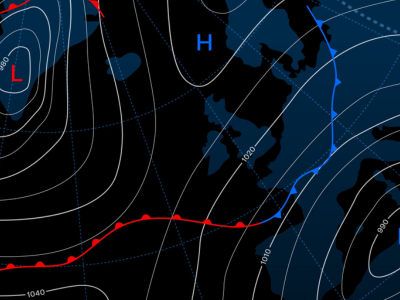In a breakthrough development, scientists at Brigham Young University’s Electro-Holography Lab have successfully created holograms using two lasers. The holograms appear to float in the air, with generated images and animations looking deceptively real. The technology, called Screenless Volumetric Display Technology, works by moving an aerosol quickly through the room using one laser, while the second laser illuminates the particle. The high speed of this process makes the illuminated particle appear as a line in the air, visible to both 30-fps cameras and the human eye.
However, the experimental technology currently has a major drawback: it can only create images that are no larger than the volumetric display. This means that only microscopic animations can be generated at present. The scientists have created a presentation video showcasing the technology, featuring two miniaturized models from the Star Trek universe engaging in a realistic-looking battle with phaser fire, and two figures fighting with light sabers. The team is now working on solving the size problem by changing the perspective of the hologram, creating the illusion that objects are located at a greater distance.
The scientists hope to overcome the size limitation by using a perspective shift that will make the hologram appear to be located at a greater distance. For example, they suggest creating an image of a passing moon behind a tiny 3D-printed house, with the image following the viewer’s gaze to adjust the perspective. While the technology is still in its experimental stages, the team’s success in creating holograms without a dedicated display is a significant step forward in the field of holography.









